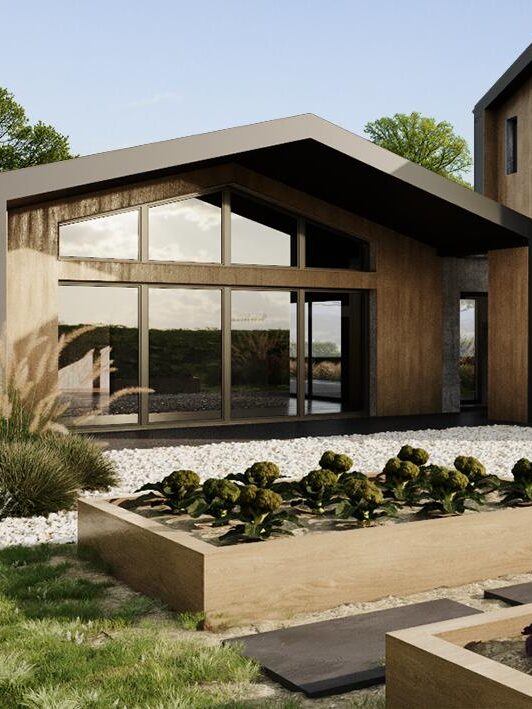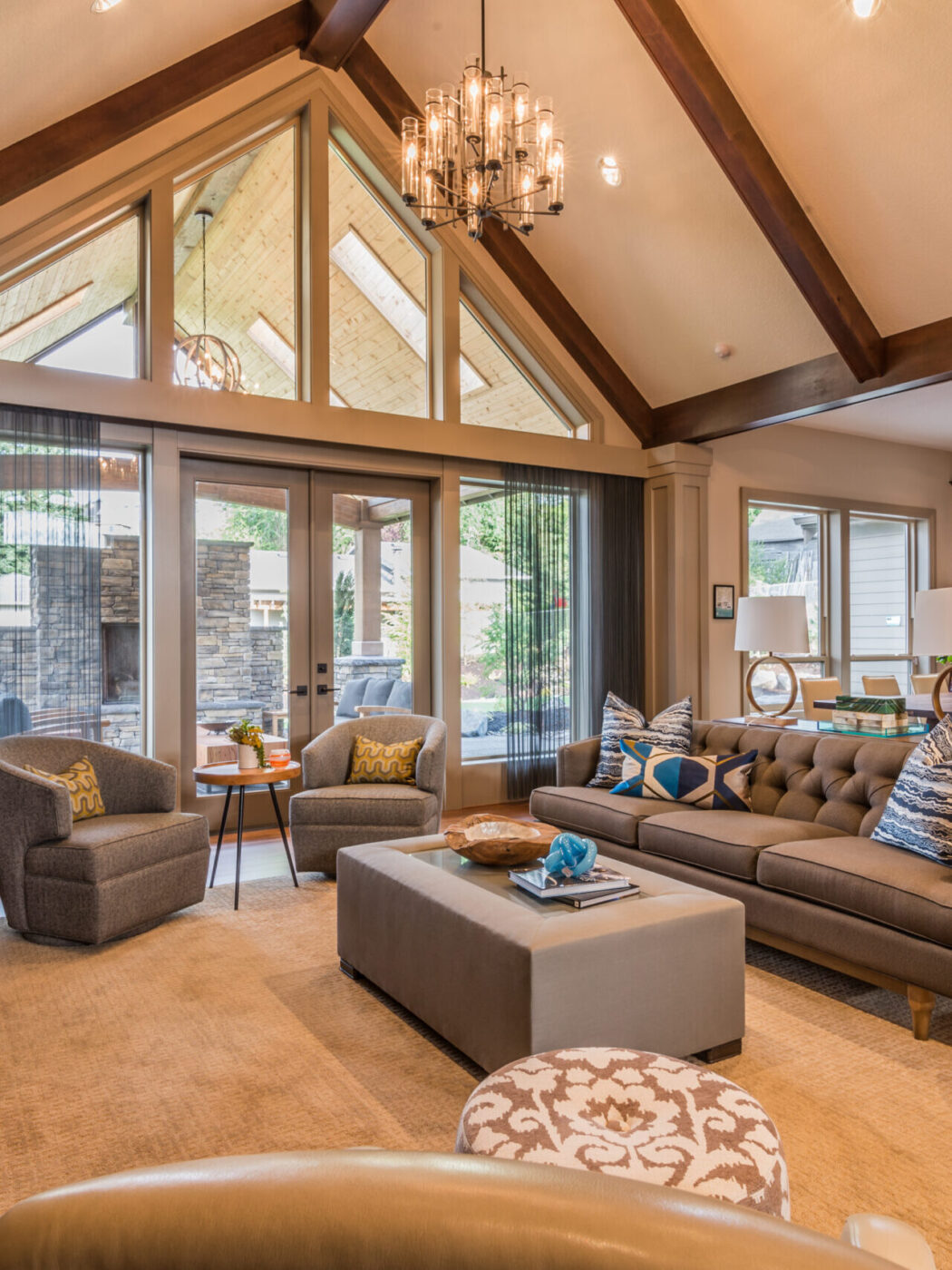How Will Forthcoming Legislation on Carbon Zero Buildings Affect my New Build Home in Spain?
What the legislation actually says
EU Legislation states that “all new buildings must be nearly zero energy buildings by 31 December 2020 (public buildings by 31 December 2018).”
What does this mean for you now if you are thinking of building in Spain? Is there anything you need to pay attention to? The answer is yes but it’s not too burdensome and it’s in your own interests anyway.
Let’s briefly take a closer look at what the legislation is actually saying:
Nearly carbon zero is defined as “buildings (that) have very high energy performance. The low amount of energy that these buildings require comes mostly from renewable sources.”
Here’s a link to the directive https://ec.europa.eu/energy/en/topics/energy-efficiency/buildings/nearly-zero-energy-buildings
How it affects the value of your home
A key reason you need to pay attention to this is that as this legislation approaches and beyond the difference in value between a nearly carbon zero home and a conventional home will increase with carbon zero homes being worth more. You will want to be on the right side of this divide in order to protect the value of your asset.
Why will there be a difference in Value between Nearly Carbon Zero and the rest?
People are already prepared to pay more for an energy efficient home up to 30% more some studies suggest. Perhaps this is because they know the home will be more comfortable or because they know running costs will be lower. Perhaps they just like the idea of it and want to slow down climate change.
Energy Certificates
All properties must now have an energy certificate to be let or sold. At the moment this is largely ignored by the market but this may change. It is stated policy to encourage the market to differentiate and valuers are being encouraged to do so: https://ecovidahomes.com/blog/energy-efficient-sustainable-buildings-the-valuation-professional/
Tax
Government is set to provide and increase tax incentives to encourage energy efficiency in the housing market. As of this year 2016 local property taxes in Spain are reduced by up to 20% in homes that are energy efficient. This is the Schedule: Grade A – 20%; Grade B – 16%; Grade C – 12%; Grade D – 8%; Grade E – 4%. Other taxes may follow suit.
Exactly What Are the Ingredients of a Nearly Carbon Zero Home?
The good news is that this need not cost more than a conventional home of the same quality and, it is more comfortable to live in and, it costs less to run.
A key ingredient is thoughtful solar orientation and window placement. The exact solution will emerge out of the characteristics of your plot and your lifestyle i.e. how you will use the building. Essentially avoid un-shaded south facing windows, have rooms you wish to keep warm on the southerly side, and rooms you wish to keep cool on the northerly side.
Another key ingredient is insulation: keeping the heat in (and out in the summer) is basic. Few buildings are properly insulated in Spain. Ideally you have a cavity wall although this isn’t essential so long as there is adequate overall insulation.
Included here is the type window design and materials. They should be a minimum of double glazed with a thermal break in the frame where a metal or aluminium frame is used.
Another key ingredient is using renewable energy. Once you have a well-insulated home you give your renewable energy sources, which are often weaker than the powerful fossil fuels, the chance to cover your heating and cooling needs and hot water. Air source heat pumps are probably the simplest solution. They do use electricity (to power a compressor) but the main energy source is the heat of the air so they are about 4 times as efficient as using just electricity.
Another simple and straightforward renewable energy source is a biomass burner. There are many ways of doing this. You may want a stove inside the house or have the whole operation located outside with a burner on a timer and a delivery of pelets (olive pips or almond husks) delivered once a year.
There are many other renewable energy systems depending on your circumstances ground / water source heat pumps, wind, hydro-electric etc.
For your electricity needs you could go for photovoltaic solar panels. Assuming you have the space for the panels (either roof or garden) it’s fairly straightforward. You will need the space to house an inverter and if you are going off grid then storage batteries and maybe a back up generator. However beware of the Sun Tax in Spain that at the time of writing has yet to be repealed.
Being on grid in terms of electricity is a lot simpler but going off grid is perfectly possible. You will need battery storage.
Hot Water: Solar hot water is pretty standard these days. Your biomass heater can also provide hot water.
Actually it Makes Sense
“Buildings are responsible for 40% of energy consumption and 36% of CO2 emissions in the EU. While new buildings generally need less than three to five litres of heating oil per square meter per year, older buildings consume about 25 litres on average. Some buildings even require up to 60 litres.”
Currently, about 35% of the EU’s buildings are over 50 years old. By improving the energy efficiency of buildings, we could reduce total EU energy consumption by 5% to 6% and lower CO2 emissions by about 5%.
Author: John Wolfendale
Bio: John is a founder of Eco Vida Homes and is passionate about bringing modern design and construction practices to Spain. He believes a home which is warm in winter and cool in summer is largely a matter of design and selective use of materials. He is British and a Chartered Surveyor with over 23 years experience living and working in Spain.


